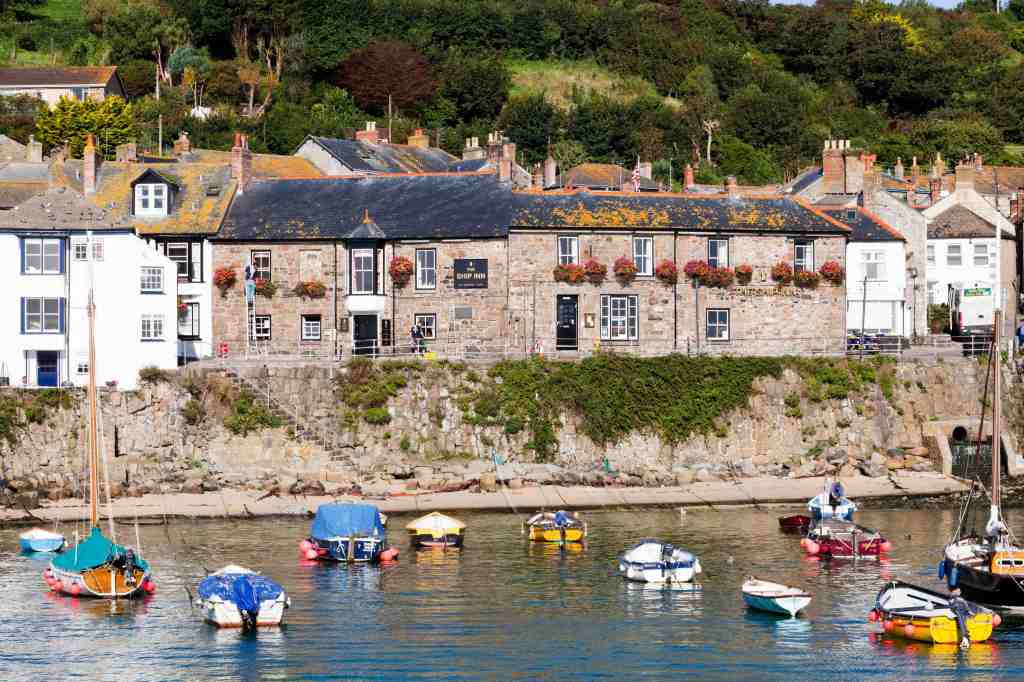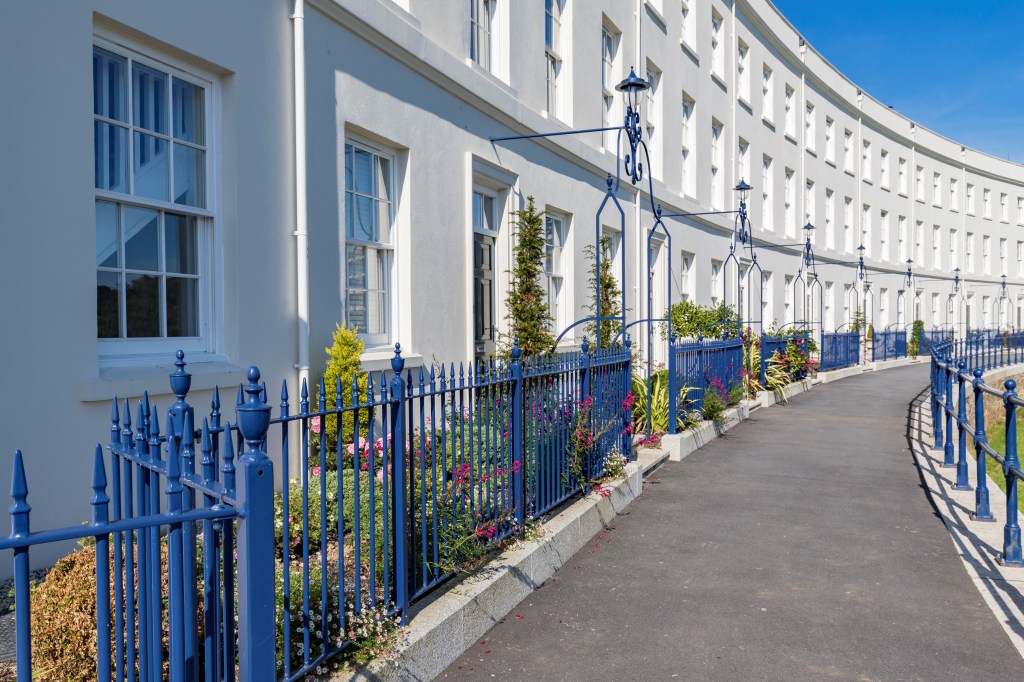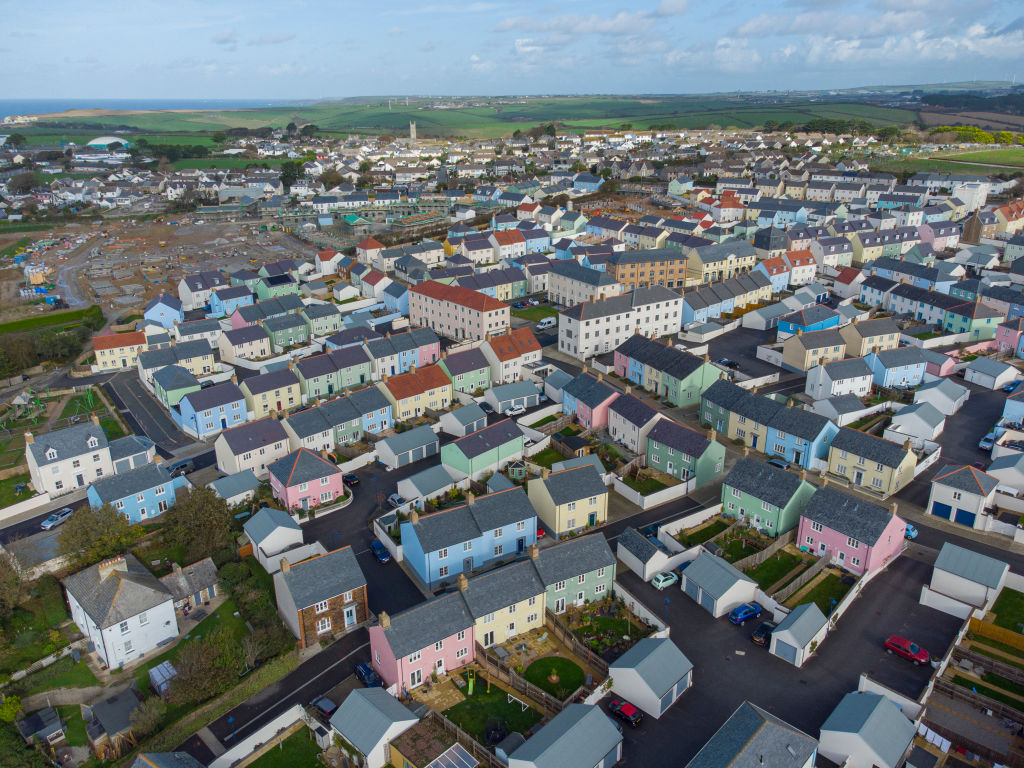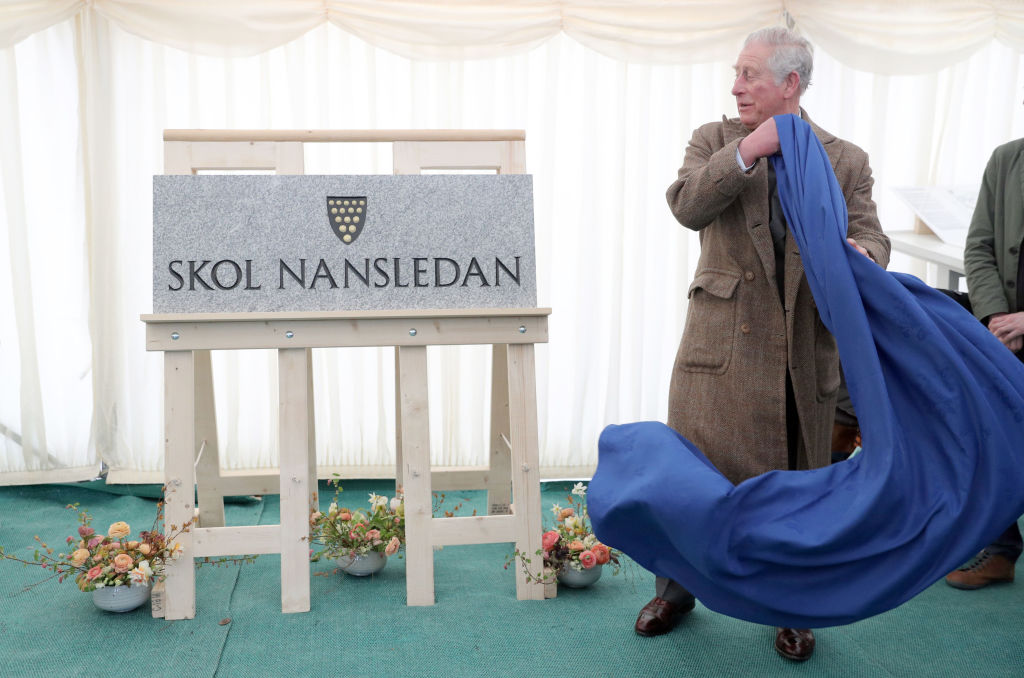I’m a 30th generation Cornishman. I’m so Cornish my mum can make Cornish pasties blindfolded, my maternal grandmother was employed aged nine to break rocks in a Cornish tin mine (she was a ‘bal maiden’), and my second cousins founded Cornish Solidarity, which is the very-lightly-armed wing of Mebyon Kernow (the Cornish Plaid Cymru). Nonetheless my visits to the county are infrequent, probably because I am not overly fond of rain.
However, on my most recent visit I noticed that something in Cornwall has changed. Perhaps I noticed it because I only go down to the see the folks once or twice a year, so I am made suddenly aware of evolutions that happen incrementally and imperceptibly to the locals – the same way you spot that a friend has got a whole lot greyer/fatter/crazier if you don’t see them for yonks.
My realisation this time was a surprise on the upside. In short, I noted that Cornwall is looking better. To be specific, I noticed that modern Cornish architecture, especially the latest housing, is significantly improved.
My architectural epiphany began in the quaint fishing village of Mousehole, where I was holed up in the 18th-century Ship Inn. Ironically enough, the morning I woke up in the Ship, and stared out of its handsome sash windows on to the handsome, stone-built, higgledy-piggledy village, I sent out a harrumphing, Clarksonian, late-middle-aged tweet along the lines of: why can’t we build lovely places like Mousehole any more?

Then I got in my car and I began driving east – for the persuasive reason that you can’t really drive west without falling into the sea at Land’s End. A few minutes’ drive along the narrow seaside road I saw a tiny new housing development filling in some gaps in the busy, bare-bones fishing port of Newlyn – and I thought: ‘Oooh, that’s actually rather good.’ And by good I mean sensitive, unobtrusive, quietly elegant, using proper Cornish granite and slate – like Mousehole – but with more wood and a lot more glass (because this is the 21st century, after all, and we don’t need to hide smuggled rum from the Revenue men).
However, it was just a few probably pricey houses, interposed in an existing streetscape. I thought to myself ‘lucky Newlyn’ – not a phrase you often hear – and I pressed on. But as I continued my drive all over west Cornwall, I kept seeing the same thing. Nice new stuff.
In Penzance, just up from Newlyn, I found the same clever additions to a jumbled period townscape. Wood, granite, slate, mmm. Noble and solid proportions. Proper houses, or suave blocks of flats. Places with a bit of Cornish character where you might actually want to live. I saw the same in Helston; I saw the same in Falmouth, near the Maritime Museum; I saw a fabulous conversion of some old mills on the Falmouth-Truro road around Perranarworthal, and by the time I got to Truro – increasingly puzzled and intrigued – I came across what I think is the main explanation for the minor architectural miracle taking place in England’s favourite holiday county.

It’s called Trevethow Riel, and it’s a Cornish version of Poundbury in Dorset, built with the studied assistance and aesthetic guidance of Prince Charles, now Charles III. Like Poundbury it employs a mix of period styles, mainly mid-Georgian, but also Victorian and Regency. Like Poundbury its overtly retro styling has been dismissively described by architects as ‘pastiche’, which is a special technical word architects use that means ‘I can’t design anything better’. Like Poundbury, it is pretty, and already popular.
Nor is Trevethow Riel the end of King Charles’s interventions. In Newquay the Duchy of Cornwall is throwing up a vast new estate, with similar historical aesthetics, called Nansledan, and the best way of describing it is ‘about 99 per cent nicer than all those hideous red-brick could-be-anywhere developments that blight the rest of Britain’.

My theory to explain the paradox of Cornwall’s aesthetic uplift, then, is that the hefty presence of King Charles, and his insistence on alluring buildings with distinctive local character, is forcing every other builder in the county to up their game. The Duchy of Cornwall is an anchor developer, from whom others take their cue (because they have to, as if they don’t then buyers go elsewhere, namely to the Duchy of Cornwall).
Naturally, Cornwall does have its fair share of anonymous new red-brick dreck, but if you drive around, I promise you will see plenty of the better stuff. Houses that at least try to say ‘This is Cornwall’. Buildings that use Cornish granite and slate, as in Nansledan – or Mousehole.
To make sure I was not imagining all this, I called two Cornish friends, a councillor and an architect. Both of them insisted on anonymity, as it is not popular for councillors to welcome new development, and architects don’t win awards for saying ‘pastiche is great’ – but both confirmed my hunch. Yes, Cornwall is benefiting from rich incomers demanding quality bespoke houses; yes, Cornwall has a legacy of ex-industrial architecture which can be neatly adapted; but, also, King Charles III is probably saving the place by example.
All of which suggests to me that we have here a neat solution to the British housing problem. Just let His Majesty the King ordain and approve every new building in the realm. Sorted.






Comments